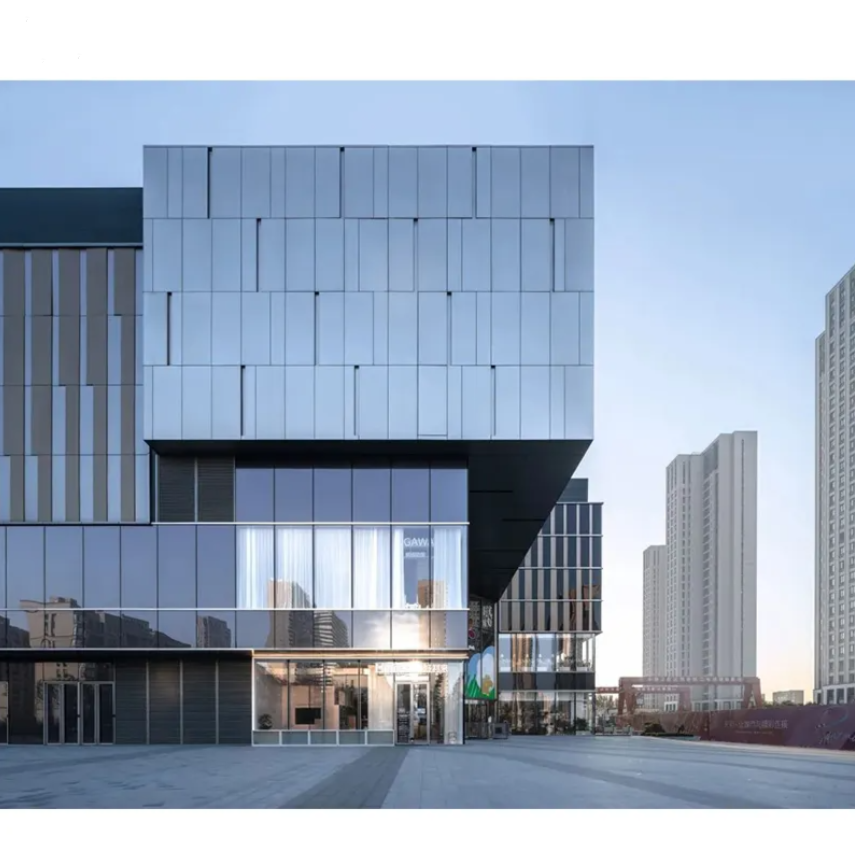
Privacy statement: Your privacy is very important to Us. Our company promises not to disclose your personal information to any external company with out your explicit permission.


March 15, 2025
March 07, 2025
Now with the improvement of people's quality of life, the choice of decoration materials is becoming higher and higher. Doors and windows are indispensable elements for every family. Aluminum...
【China Aluminum Industry Network】 1. The engineering design must be used for strength design calculations and tests. The production, installation, and acceptance are performed only according to the...
[China Aluminum Network] Good aluminum alloy doors and windows products, but also need a good technology to install aluminum alloy doors and windows, or everything is talking about. Let's explain...
[China Aluminum Network] Aluminum alloy material has corrosion resistance, and its electrical conductivity, heat-to-volume ratio, non-ferromagnetic, processability, formability and recycling have...
Email to this supplier
March 15, 2025
March 07, 2025
About Us
Related Products List
Contact Us



Privacy statement: Your privacy is very important to Us. Our company promises not to disclose your personal information to any external company with out your explicit permission.

Fill in more information so that we can get in touch with you faster
Privacy statement: Your privacy is very important to Us. Our company promises not to disclose your personal information to any external company with out your explicit permission.